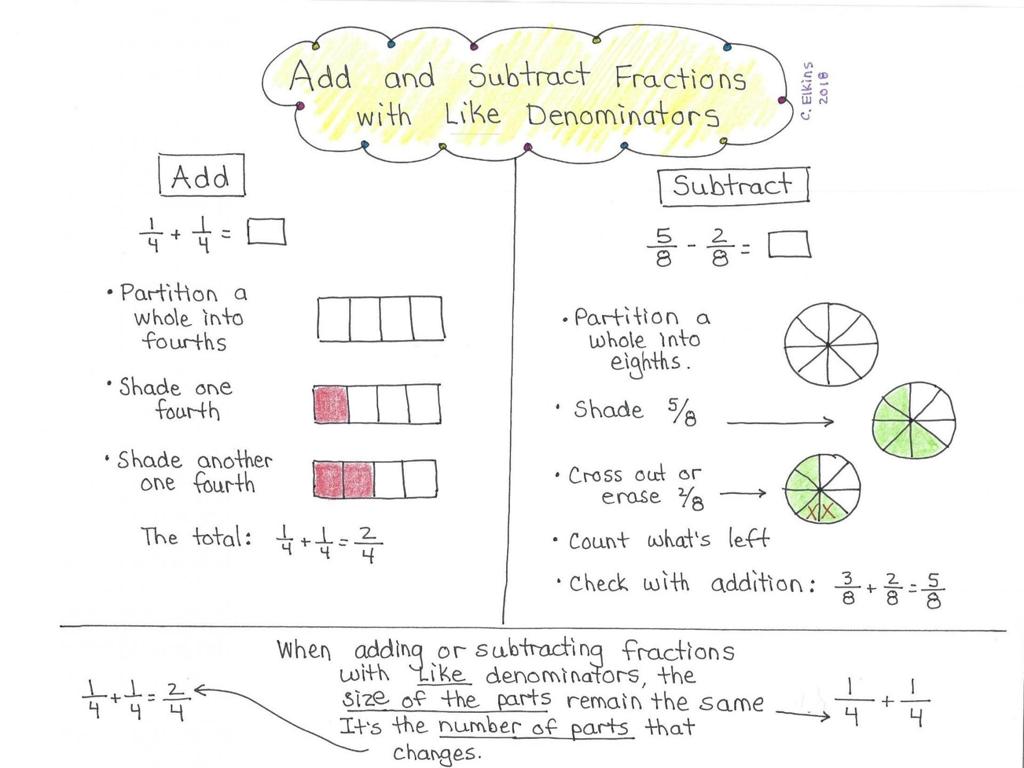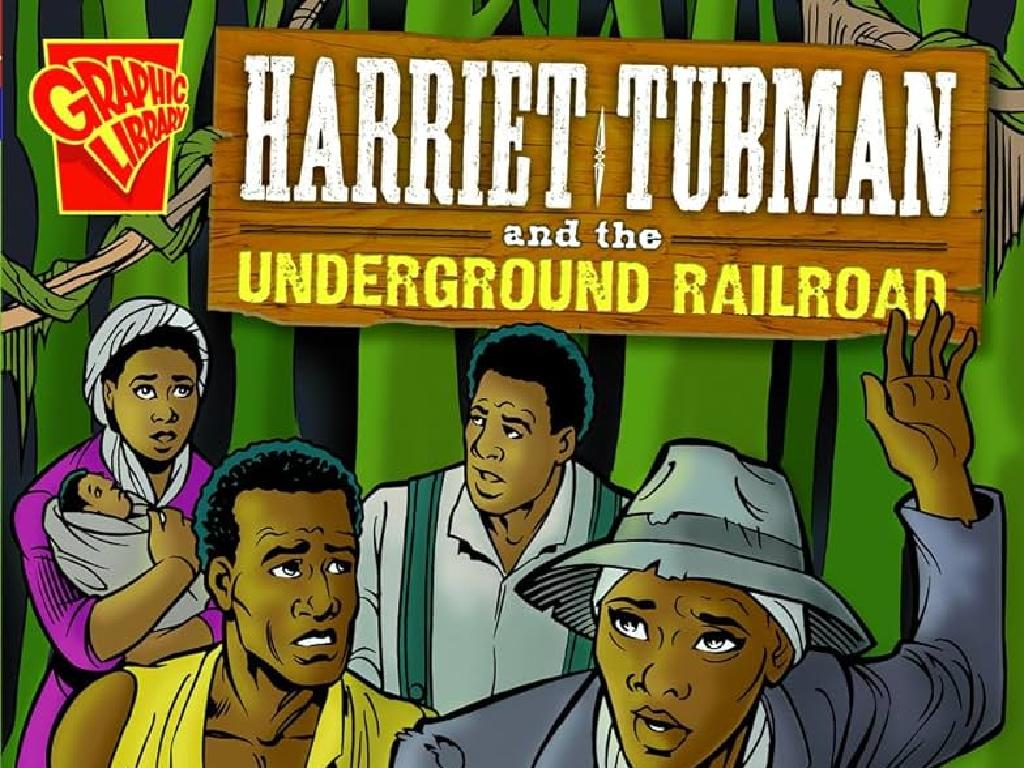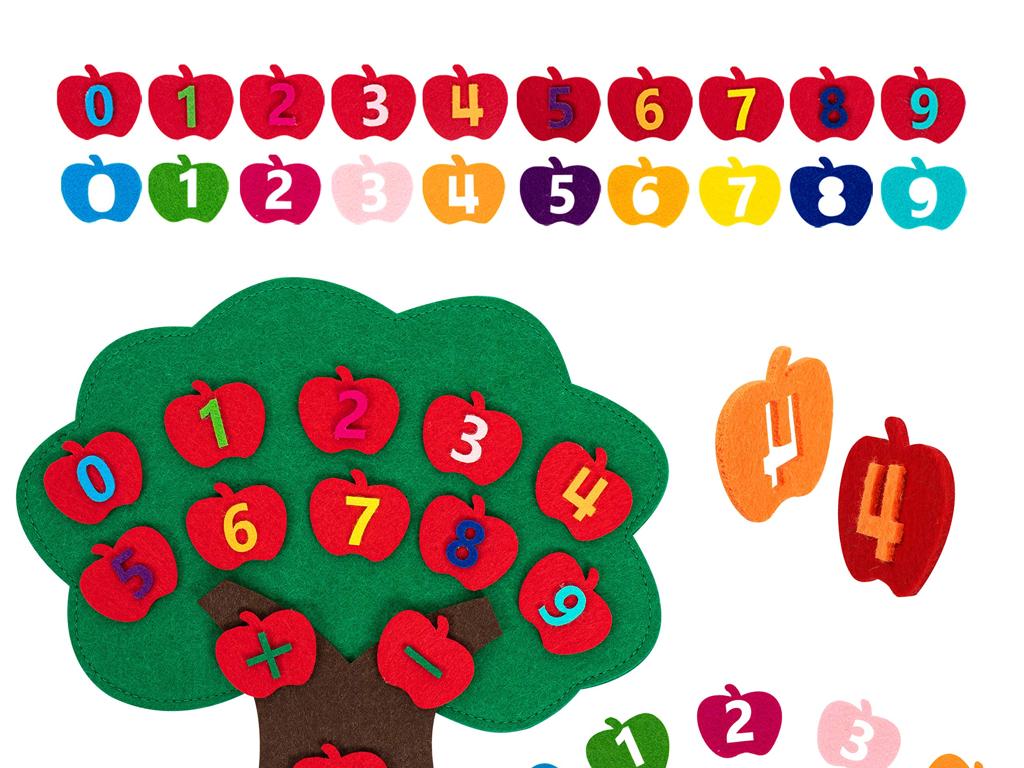Add Or Subtract - Numbers Up To 5
Subject: Math
Grade: Kindergarten
Topic: Mixed Operations
Please LOG IN to download the presentation. Access is available to registered users only.
View More Content
Welcome to Mixed Operations!
– Learn to add and subtract
– Play with numbers 1 to 5
– Use objects like blocks or fingers to count
– Become math detectives
– Use your ‘detective’ skills to find answers
– Solve number mysteries
– Find clues in number sentences to solve problems
|
This slide introduces kindergarteners to the concept of mixed operations with a focus on addition and subtraction within 5. The goal is to make learning interactive and fun by referring to the students as ‘math detectives’ who will solve ‘number mysteries.’ Encourage the use of tangible objects like blocks or fingers for counting, which helps in visualizing the problems. During the class, present simple addition and subtraction problems and guide the students to use their counting skills to find the solutions. For example, if you have 3 apples and you get 2 more, how many apples do you have now? Or, if you have 5 candies and you give away 2, how many candies are left? These real-life scenarios will help them understand the concepts better. Prepare to have a discussion where students can share their ‘mystery-solving’ experiences and explain how they arrived at their answers.
Learning Addition: Numbers up to 5
– What is addition?
– Addition means putting together two or more numbers.
– Addition makes numbers bigger
– When we add 1 and 2, the number grows from 1 to 3.
– Example with apples
– 1 apple + 2 apples = 3 apples. We have more apples now!
|
This slide introduces the concept of addition to Kindergarten students. Start by explaining that addition is simply the process of putting numbers together to make a bigger number. Use tangible examples like apples to illustrate this point, as it helps young learners to visualize the concept. Demonstrate with actual objects if possible, showing one apple, then adding two more, and counting the total together. Encourage the students to use their fingers to add numbers up to 5, reinforcing the idea that addition results in an increase in quantity. The goal is to make them comfortable with the idea of combining numbers to get a larger number.
Let’s Add Together!
– Use fingers for addition
– Example: 2 fingers + 3 fingers
– Show 2 fingers on one hand and 3 on the other. How many in total?
– Count total fingers shown
– Add the fingers together to find the sum
– Practice with more numbers
– Try adding different numbers up to 5 using your fingers
|
This slide is designed to introduce kindergarteners to the concept of addition using a very tangible method: their fingers. By physically showing the numbers they are adding, students can visually see the concept of combining quantities to find a total. Start with the example provided, then encourage the children to practice with different numbers, always totaling up to 5 or less. This hands-on activity will help solidify their understanding of basic addition. Make sure to walk around the classroom to assist any students who may be struggling and to confirm that each student is correctly counting the total number of fingers.
Understanding Subtraction
– Subtraction means taking away
– Subtracting makes numbers smaller
– Example with balloons
– Started with 5 balloons, 2 flew away, 3 are left
– Practice subtraction together
– Let’s try subtracting with objects in class
|
This slide introduces the concept of subtraction to Kindergarten students. Begin by explaining that subtraction is simply the process of taking away from a group or number. Use physical props like balloons to illustrate this point. For example, if you have 5 balloons and 2 fly away, ask the students how many are left to help them visually and practically understand the concept of subtraction. Encourage the students to use their fingers or other classroom objects to practice subtracting numbers up to 5. This hands-on activity will help solidify their understanding of subtraction as making a number smaller.
Let’s Subtract Together!
– Start with 5 fingers raised
– Put 2 fingers down, count the rest
– How many fingers are left up?
– Practice with numbers up to 5
– Try: 5-1, 4-2, 3-1, 5-3
– Subtraction is taking away
– Imagine having 5 cookies and someone takes 2
|
This slide is designed to introduce the concept of subtraction to Kindergarten students using a hands-on activity. By using their fingers, students can visually and physically see the subtraction process. Start by asking them to hold up all 5 fingers, then instruct them to put 2 fingers down and count the remaining fingers. This concrete representation helps them understand that subtraction is the process of taking away. Encourage them to try with different numbers, always ensuring the total does not exceed 5. Relate subtraction to real-life scenarios, like taking cookies away from a jar, to make the concept more relatable and memorable. During the activity, walk around the classroom to assist and praise students for their efforts. Prepare to offer additional examples or support for students who may struggle with the concept.
Adding and Subtracting Fun with Blocks!
– Use blocks to learn math
– Play a game to understand
– We’ll use blocks to add and subtract in a fun way
– Add blocks to build a tower
– Each block added makes our tower taller
– Subtract blocks to change it
– Taking away blocks makes our tower shorter
|
This slide introduces a hands-on activity for Kindergarten students to learn addition and subtraction with numbers up to 5. Using physical objects like blocks helps young learners to visualize mathematical concepts. The game involves adding blocks to build a tower, which represents addition, and then removing blocks to make the tower smaller, representing subtraction. The activity should be interactive and allow students to physically manipulate the blocks to see the results of adding and subtracting. Teachers should prepare a set of blocks for each student or pair of students and guide them through the process, ensuring they understand the concept of ‘more’ and ‘less’. Encourage students to count aloud as they add or remove blocks.
Math Detective: Addition and Subtraction Adventure
– Become a Math Detective
– Search for numerical clues
– Find clues with numbers in the classroom
– Use addition and subtraction
– Add or subtract numbers up to 5 for the next clue
– Solve the mystery together
– Teamwork leads to the treasure
|
This class activity transforms the students into Math Detectives, making learning interactive and fun. Set up clues around the classroom with simple addition or subtraction problems involving numbers up to 5. Students must solve these problems to move on to the next clue. This activity encourages collaboration as they work in groups to find the hidden treasure, which could be a small reward or certificate. Provide guidance on how to approach addition and subtraction and ensure that each group is participating and engaged. Have at least 4-5 different sets of clues to cater to different groups, ensuring that each group has a unique experience. This will help students practice their math skills in a playful, supportive environment.
Math Detectives: Mission Accomplished!
– Celebrate your math skills
– Adding and subtracting up to 5
– You’ve learned to combine and take apart little numbers!
– Practice makes perfect
– Keep playing with numbers to become a math superhero!
– Praise for today’s effort
– You did great today, so give yourself a cheer!
|
This slide is meant to conclude the lesson on addition and subtraction with numbers up to 5. It’s important to end on a positive note, reinforcing the children’s confidence and encouraging them to continue practicing at home. Remind them that learning math is like a detective game where they find clues (numbers) and solve puzzles (problems). Encourage parents to involve children in simple math-related activities at home, like counting toys, adding and subtracting snacks, etc. Celebrate the students’ hard work and progress in today’s class and remind them that every bit of practice will make them even better at math.






